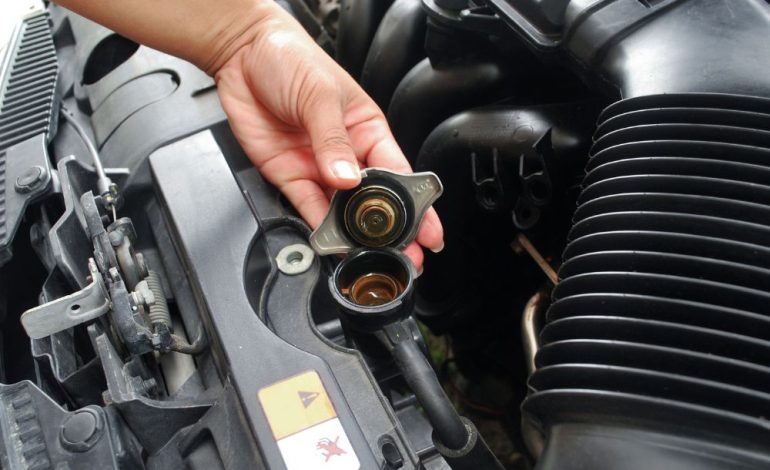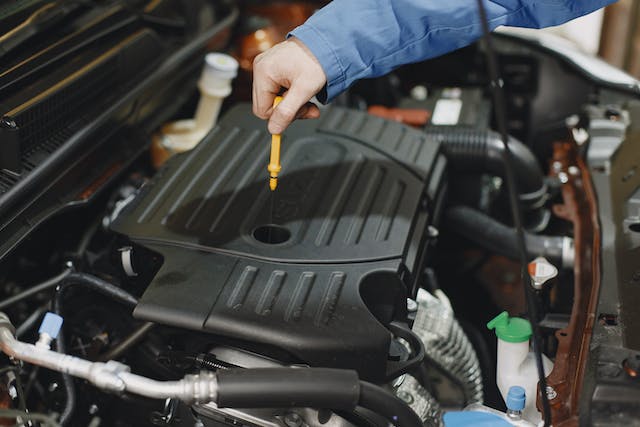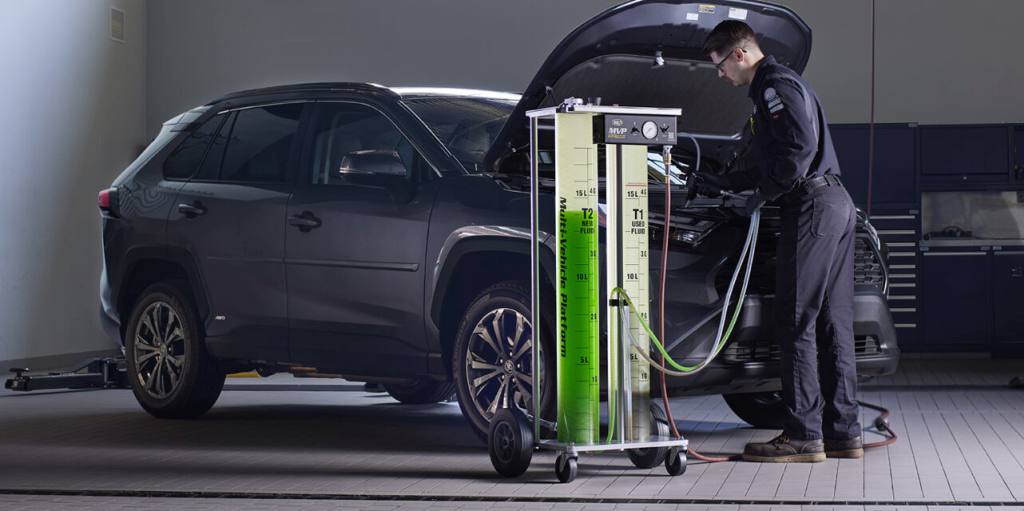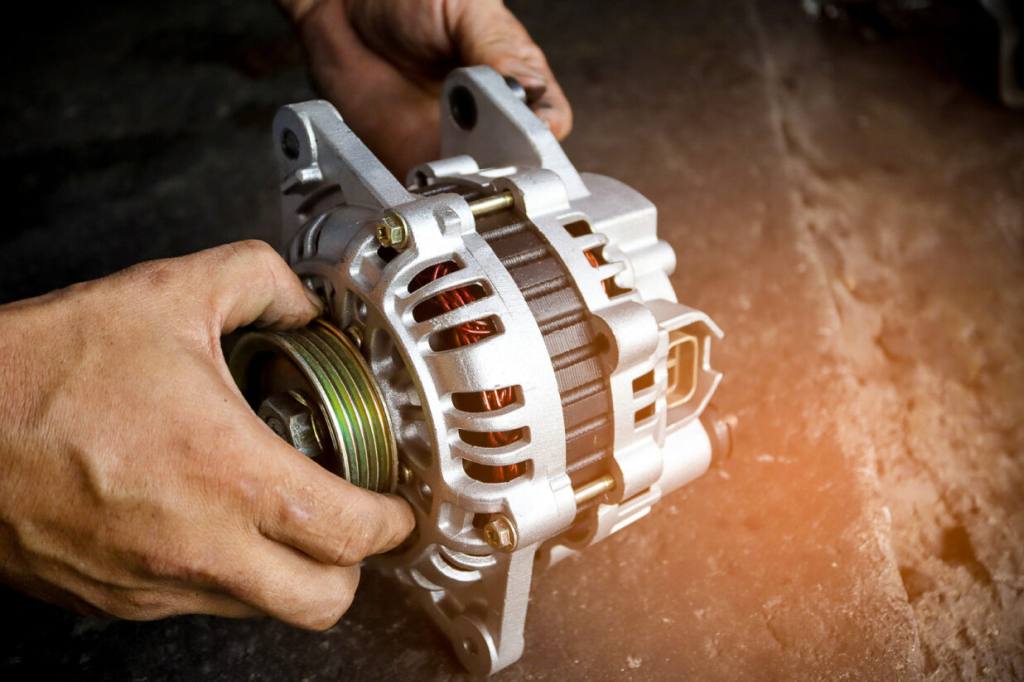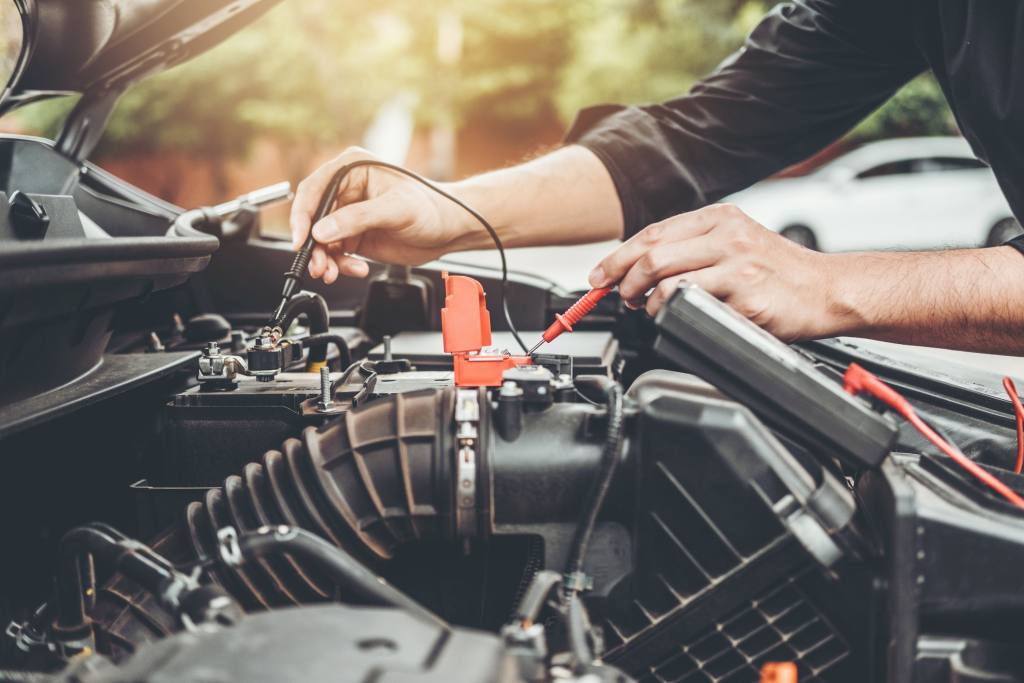Signs of a Bad Battery vs. Alternator Issue
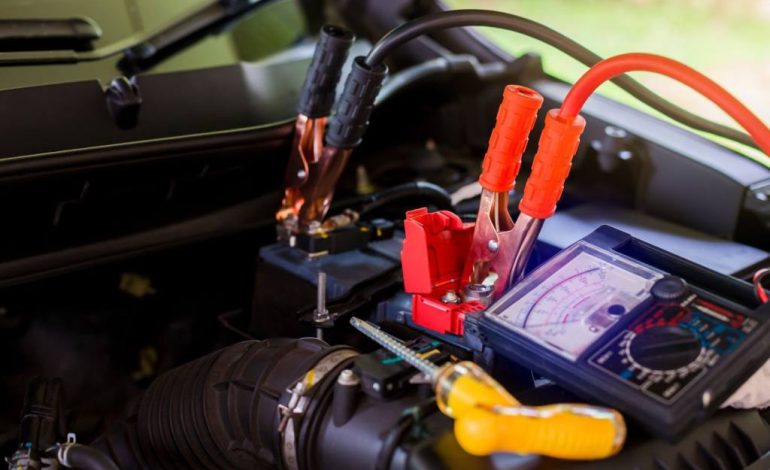
When your car starts to exhibit electrical problems, determining whether the issue lies with the battery or the alternator can be challenging. Both components are crucial for the vehicle’s electrical system, and their failure can lead to similar symptoms. However, knowing the differences between a bad battery and an alternator issue can save you time, money, and frustration. Here’s how to distinguish between the two.
Starting Problems and Dimming Lights
One of the most common signs of a failing battery is trouble starting your car. If you notice that your engine cranks slowly or not at all, the battery might be the culprit. A dead battery often leads to a clicking sound when you turn the key, but no engine turnover. This usually happens when the battery can no longer hold a charge or has lost its ability to generate the necessary power to start the engine.
On the other hand, dimming lights can be a sign of both battery and alternator problems, but the context in which they dim can provide clues. If your headlights or interior lights dim when you start the car but then return to normal, the battery is likely weak. However, if the lights dim while you are driving, especially when using other electrical components like the radio or air conditioning, it’s more likely that the alternator is failing to supply adequate power.
Electrical Failures and Accessories Malfunction
Electrical issues within the car are another area where you can differentiate between a bad battery and a faulty alternator. A battery problem typically results in complete electrical failure, meaning that nothing in the car will work—no lights, no radio, and no dashboard indicators. This total shutdown often indicates that the battery has died and cannot power any of the car’s electrical systems.
If your alternator is at fault, however, you might experience electrical malfunctions that gradually worsen. For instance, you might notice that your radio stops working, the power windows become sluggish, or the dashboard lights flicker. These issues occur because the alternator is not producing enough electricity to keep all systems running, especially when the car is under load. Eventually, this can lead to the car stalling as the battery becomes depleted and can no longer support the engine.
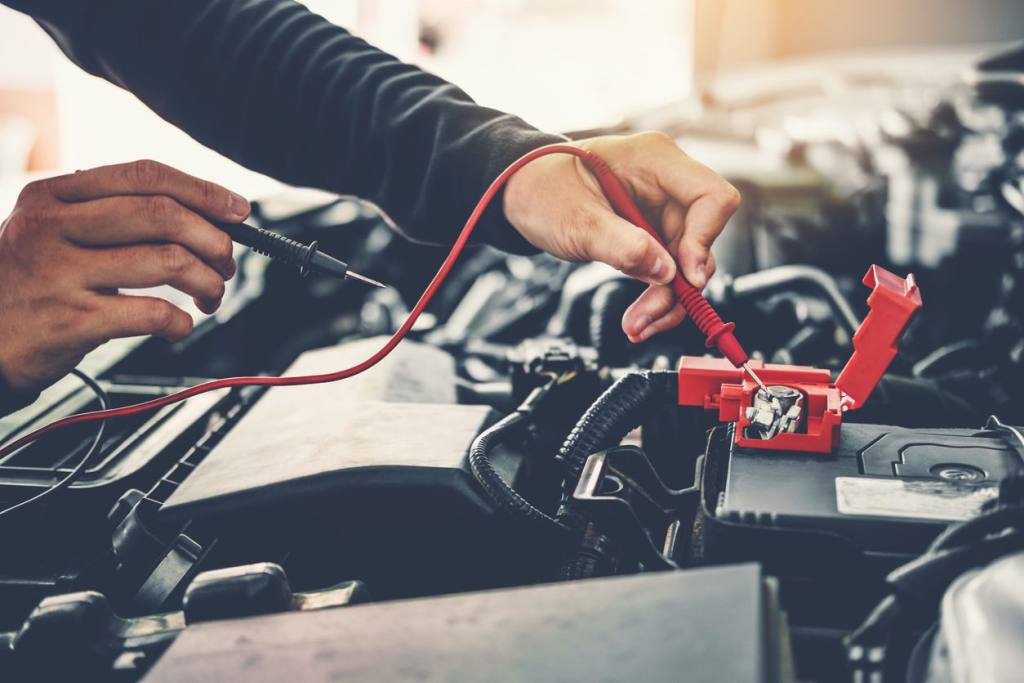
Warning Lights and Dashboard Indicators
Modern vehicles are equipped with warning lights that can help diagnose electrical issues. The battery light on your dashboard is a key indicator that can point you in the right direction. If this light comes on while driving, it often indicates an alternator problem. The alternator is responsible for keeping the battery charged while the car is running, and a failing alternator will trigger the battery warning light.
However, if the battery light comes on and you are unable to start your vehicle, the issue is more likely with the battery itself. A weak or dead battery won’t provide the necessary power to start the car, and this can cause the light to illuminate as a signal of low voltage. It’s important to note that some vehicles may also have an alternator-specific warning light, which can directly indicate alternator issues.
Testing and Diagnosis
To accurately determine whether the problem lies with the battery or the alternator, testing is essential. A simple test you can perform at home involves turning on your headlights while the engine is off. If the lights are dim, the battery may be weak. Start the car and observe the lights—if they brighten up, the alternator is likely working, but the battery may still need replacement.
For a more precise diagnosis, a mechanic can perform a battery load test to measure its ability to hold a charge. They can also test the alternator’s output to ensure it’s generating sufficient voltage. In many cases, a visit to a reliable website can provide valuable information on how to perform these tests or where to find professional assistance.
Conclusion
Understanding the signs of a bad battery versus an alternator issue can help you address problems before they lead to a breakdown. Starting problems, dimming lights, electrical failures, and warning lights are all key indicators to watch for. By paying attention to these signs and conducting proper testing, you can quickly determine whether the battery or alternator is at fault and take the necessary steps to keep your vehicle running smoothly. Regular maintenance and staying informed through trusted resources can prevent these issues from disrupting your driving experience.

